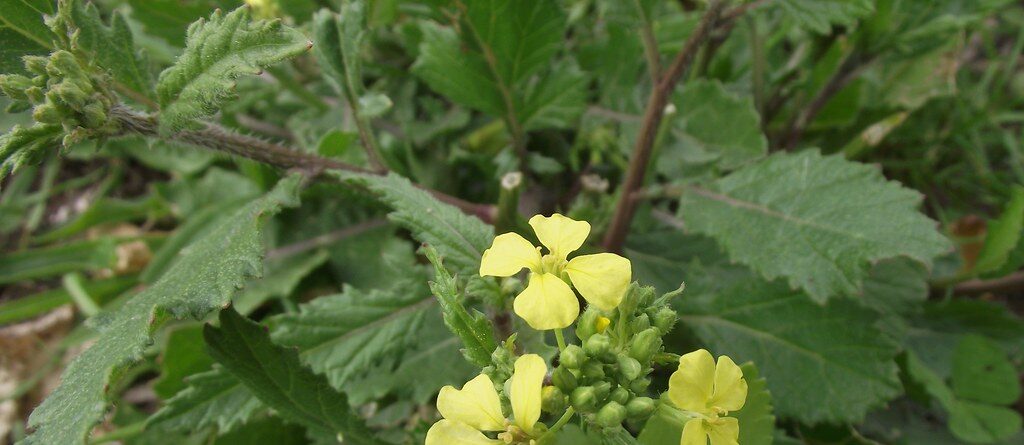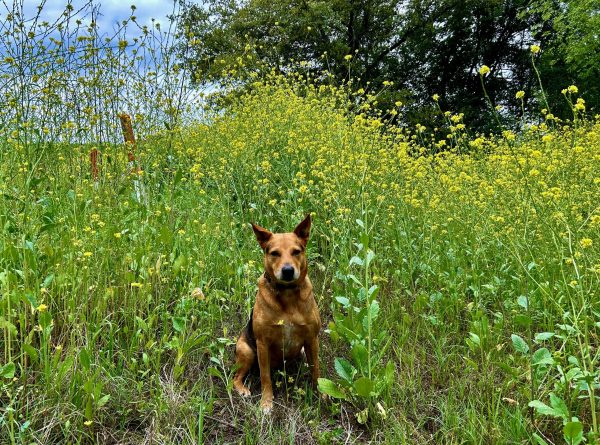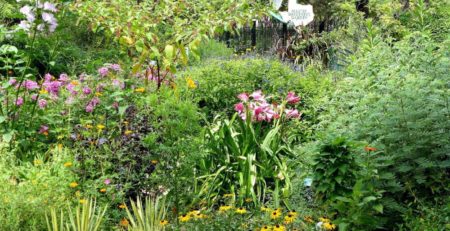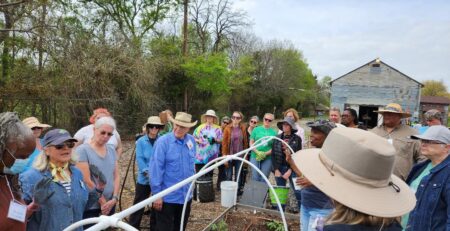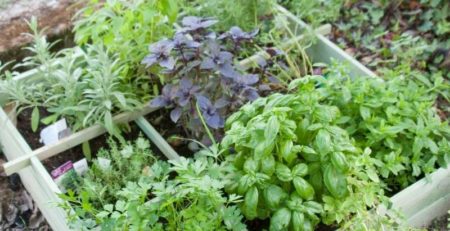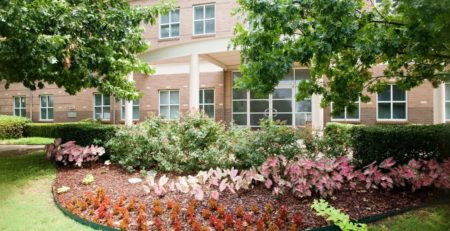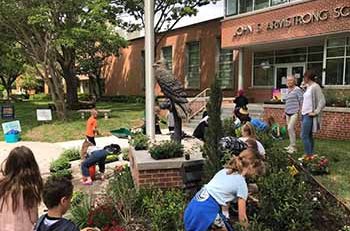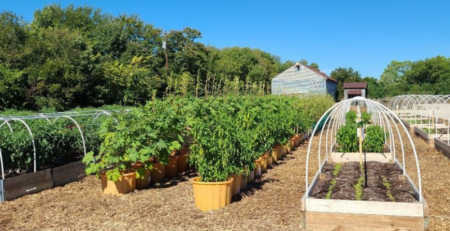What Kind of Wildflowers are These?
While driving down the highways, you may have noticed thick stands of brightly blooming yellow flowers. Although they may look like typical spring wildflowers, these particular plants are an invasive species of weed known as Bastard cabbage. Bastard Cabbage (Rapistrum rugosum) is an annual weed in the brassica family, which includes cabbage, broccoli, mustard, kale, and others. You can see the similarities to our common garden vegetables by observing the flowers and leaves, which resemble bolting turnips or cabbages. Other names for this plant include False Turnip, Ball Mustard, and Giant Mustard. In botany, the term “bastard” can mean “false,” and may refer to a plant that is considered a variety or inferior version of another species.
Bastard Cabbage is a non-native weed, accidentally introduced to North America from Europe, the Mediterranean and North Africa. This plant is an example of an early successional species, meaning it is one of the first plant species to grow on land that has been recently disturbed. Normally, early successional plants are considered beneficial to wildlife, but

this plant is different because it forms dense monocultures which crowd out more desirable warm season grasses, cool-season wildflowers, and important forb species. In some areas of Texas, Bastard Cabbage is crowding out the Bluebonnets and other native wildflowers. https://foragefax.tamu.edu/2021/11/12/bastard-cabbage-a-widespread-noxious-cool-season-annual-weed/
Bastard Cabbage is considered an invasive species by the Texas Invasive Species Institute and removal of the plants is recommended if possible. Hand pulling is the preferred method of eradication as this weed is known to develop resistance to conventional herbicides. Researchers at the Lady Bird Johnson Wildflower Center report success in suppressing populations of Bastard Cabbage with planting of native Gaillardias. For more detailed information about identifying and controlling Bastard Cabbage, visit:

